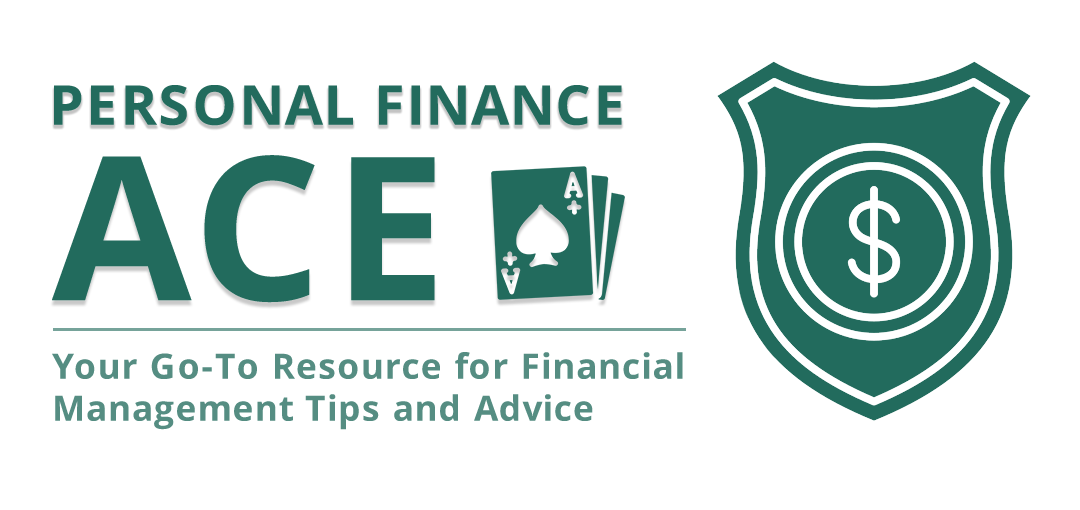Creating a budget may seem daunting, but it’s an essential tool for managing your finances. It can help you prioritize your spending, save for the future, and achieve your financial goals. In this guide, we’ll walk you through the steps to create a budget and provide tips for sticking to it.
Assess Your Income and Expenses
The first step in creating a budget is to assess your income and expenses. Make a list of all your sources of income, including your salary, any side gigs, or investment income. Then, make a list of all your expenses, including fixed expenses like rent and utilities, and variable expenses like groceries and entertainment. This will give you a clear picture of your cash flow.
Determine Your Financial Goals
The next step is to determine your financial goals. Do you want to save for a down payment on a house, pay off debt, or start an emergency fund? Having specific goals will help you prioritize your spending and stay motivated.
Create Your Budget
Now that you’ve assessed your income and expenses and determined your financial goals, it’s time to create your budget. Start by allocating a percentage of your income to each expense category, such as housing, food, transportation, and entertainment. Be sure to include a category for savings and debt repayment. Use a budgeting tool like Mint or YNAB to help you track your spending and stay on track.
Stick to Your Budget
Creating a budget is only the first step. The real challenge is sticking to it. Here are some tips to help you stay on track:
- Automate your savings and debt repayment.
- Track your spending regularly to make sure you’re staying within your budget.
- Cut back on variable expenses like dining out and entertainment if you need to.
- Stay motivated by reminding yourself of your financial goals.
Creating and sticking to a budget may seem daunting, but it’s an essential tool for managing your finances. By following these steps and tips, you can create a budget that works for you and helps you achieve your financial goals.





